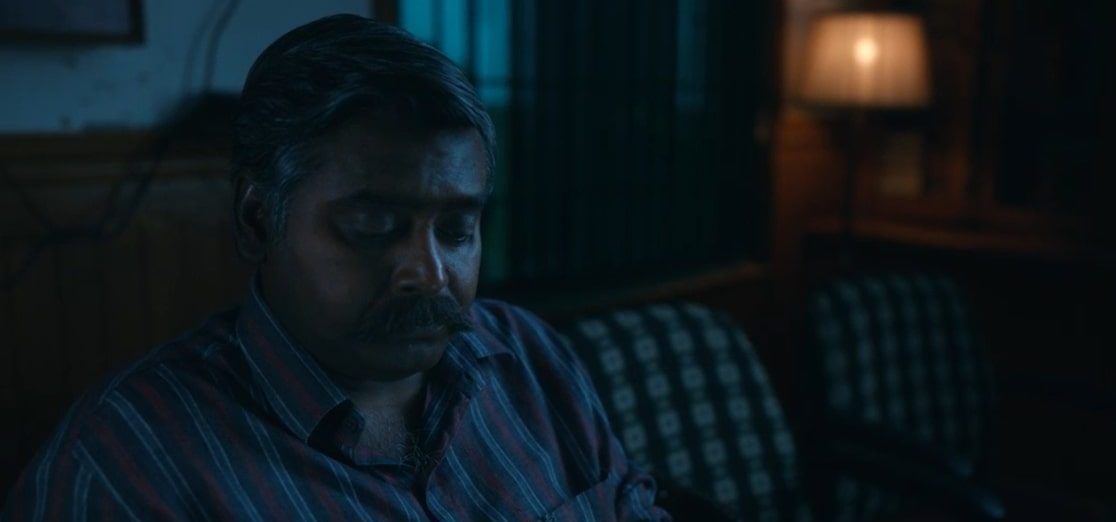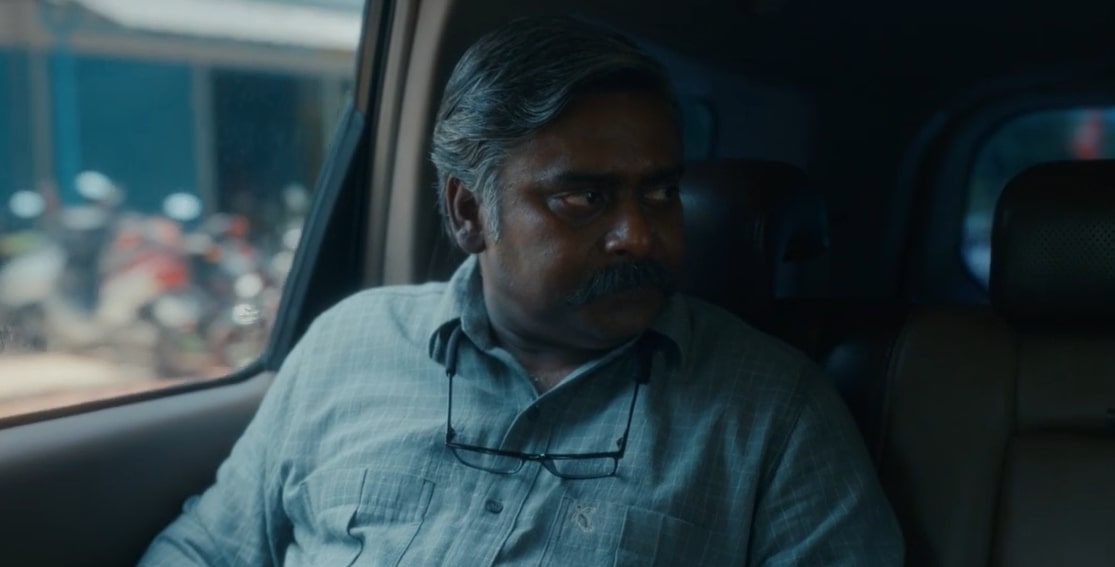The Prime Video series ‘Poacher’ offers a thought-provoking exploration into the history of the ivory trade in India, focusing on a particular illicit ivory poaching case. The story unfolds through the investigation led by Neel Banerjee, an officer in the Kerala Forest Department. The crime drama delves into the complexities of the case, revealing an illegal racket involving high-level industrialists and dealers. Based on a true story, particularly the infamous Malayattoor poaching case of the mid-2010s, ‘Poacher’ captures the gravity of the situation. As the viewers delve into the series, it raises the question of whether the character of Neel is based on a real person or not!
Who is Neel Banerjee?
Dibyendu Bhattacharya’s character Neel Banerjee in ‘Poacher’ is loosely based on the real-life figure Dr. Amit Mallick, who served as a field director in the Kerala Forest Department and played a pivotal role in the investigation of the Malayattoor poaching case. According to series creator Richie Mehta, almost all of the characters in the crime drama are inspired by actual individuals involved in similar cases. Mehta conducted a series of interviews with various officials, gathering different perspectives on the case.

This comprehensive approach allowed Mehta to develop a holistic understanding of how the investigation unfolded and how the various stakeholders played crucial roles in its success. In the series, Banerjee is portrayed as an individual diagnosed with a cancerous lung tumor. Despite battling for his life, he remains committed to working on the poaching case, highlighting his dedication to the investigation. The narrative also explores the personal struggles Banerjee faces, including frequent altercations with his wife. The source of tension arises from his demanding work schedule, characterized by late hours and chaos, which prevents him from prioritizing his health and personal life.
Certain aspects, such as Banerjee’s health condition and domestic issues, are seemingly fictional. No reports suggest that Dr. Mallick faced similar challenges during the Malayattoor poaching case, but the personal perseverance and dedication displayed by the character align with the officer’s real-life commitment to his job. He played a significant role in uncovering India’s largest illegal ivory trade as the authorities reportedly seized around 640 kg of the material.
Dr. Mallick emerged as an instrumental figure in providing a shield for his subordinates, creating an environment where his field officers could work independently and in peace. This supportive leadership allowed his team to focus on their responsibilities and contribute to bringing justice to the animals involved in the poaching case.
Dr. Amit Mallick is Working at the NTCA
Dr. Amit Mallick, an esteemed Indian Forest Service officer from the 1992 batch, maintains his dedicated service to India and the nation’s natural resources. With a wealth of experience, he remains committed to the preservation and sustainable management of the country’s diverse ecosystems. Following his notable involvement in the Malayattoor poaching case, he has actively worked under the Ministry of Environment, Forest and Climate Change.
On #InternationalCheetahDay, Team #IndianOil conveyed the greetings from @ChairmanIOCL to ADG Project Tiger & Member Secretary, @ntca_india Dr S P Yadav and IGF, NTCA Dr Amit Mallick
who lauded IndianOil's sustained endeavours towards conservation. pic.twitter.com/FylW9ssoT7— Indian Oil Corp Ltd (@IndianOilcl) December 4, 2021
In 2018, Dr. Mallick assumed the role of Inspector General of Forests at the National Tiger Conservation Authority in New Delhi. Demonstrating exceptional dedication and expertise, he has made significant contributions to the field of tiger conservation during his tenure. Recognizing his valuable leadership and impact, the authorities extended his deputation tenure, initially set to conclude in September 2023, until June 2024. His continued presence in this role signifies the trust and confidence placed in his abilities to preserve and foster the well-being of India’s tiger population.
Earlier this month, the Indian state of Arunachal Pradesh signed an MoU with the NTCA for “raising, arming, and deploying” a Special Tiger Protection Force (STPF) in the tiger reserves in the region. Dr. Mallick noted that the STPF would “help the state in effective conservation of its pristine tiger habitats and the rich cultural heritage associated with it.”
Read More: Poacher: Prime Video Show’s True Story, Explained


You must be logged in to post a comment.